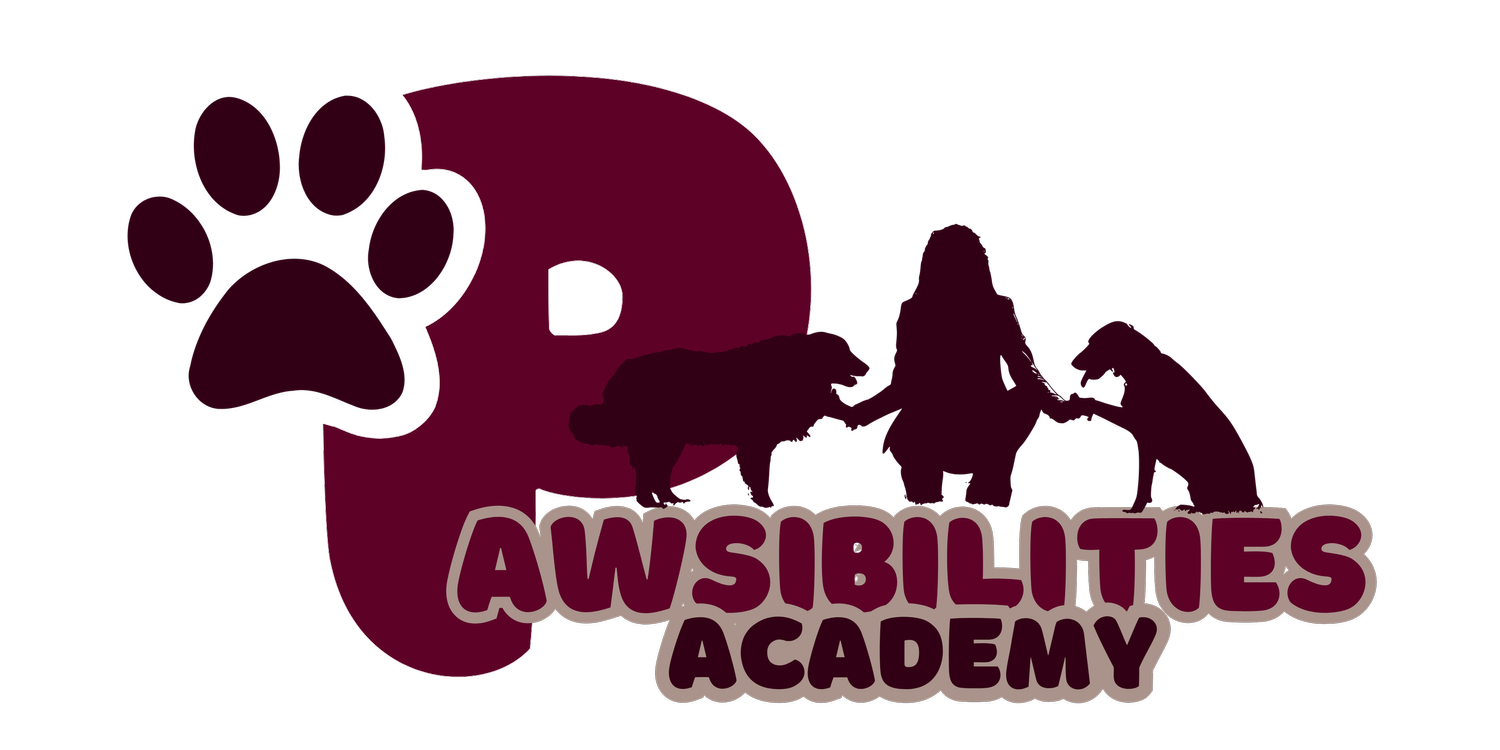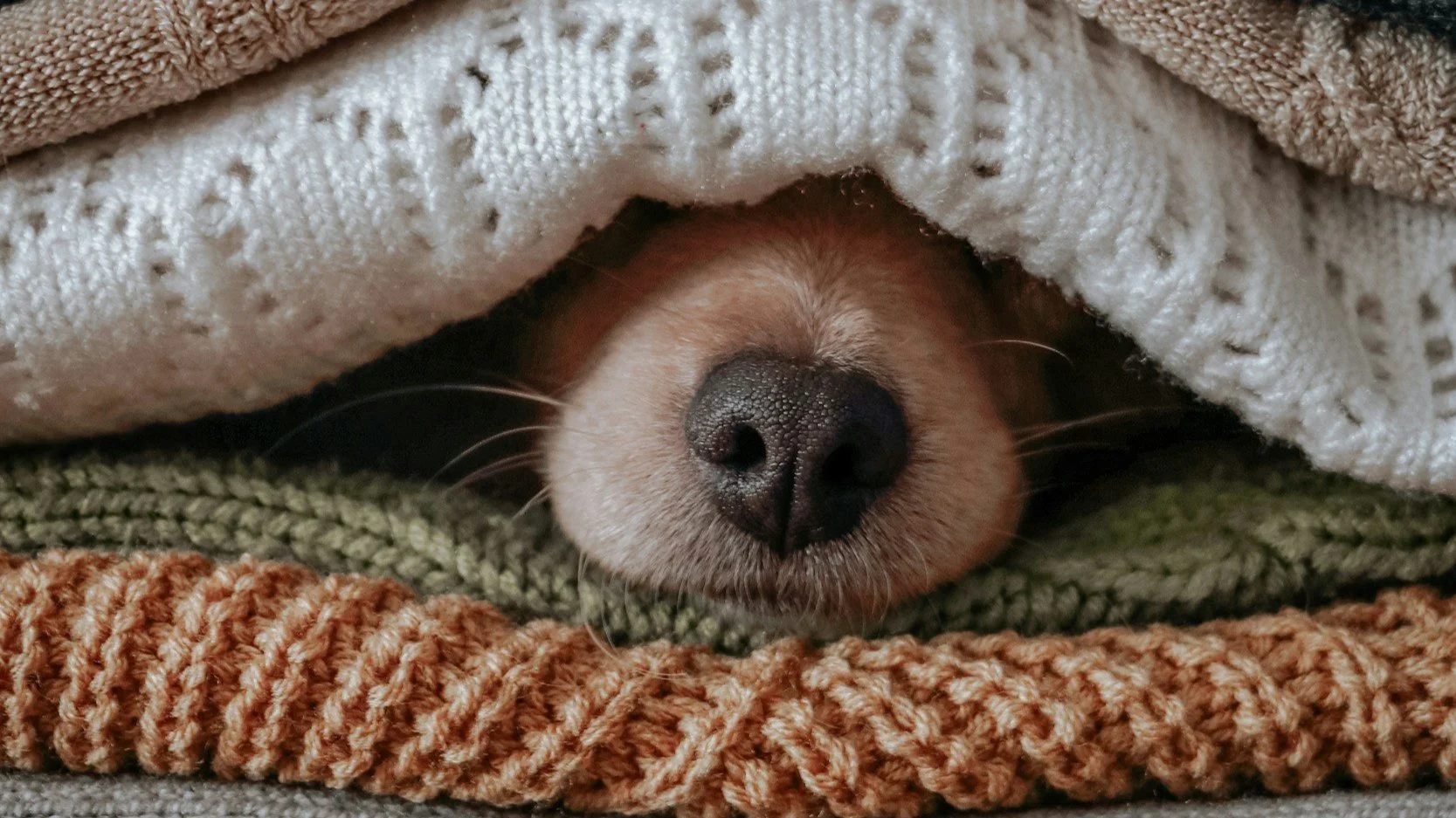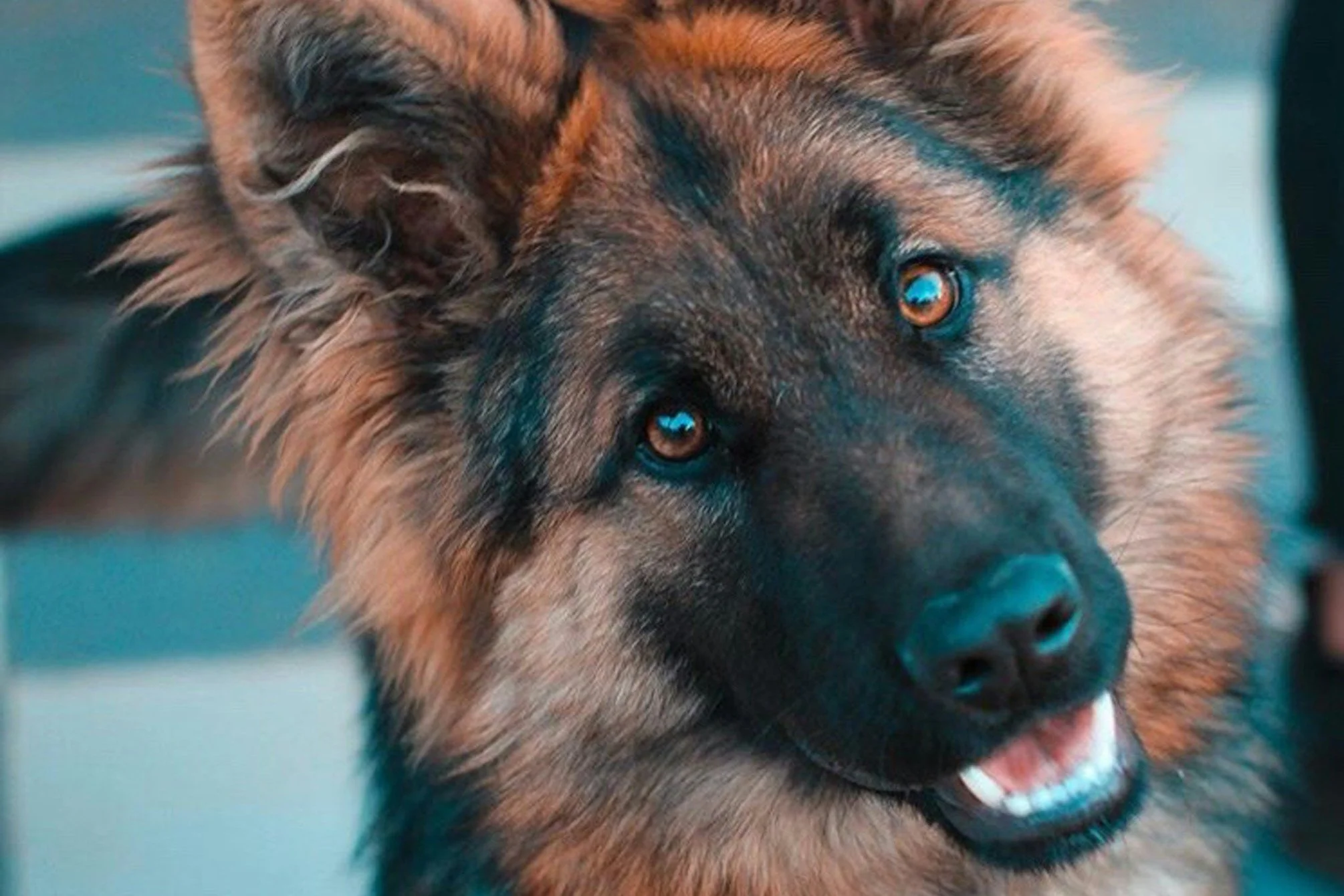12 Border Collie-Specific Body Language Quirks That Confuse the Hell Out of Everyone
Reading the Collie Code: 12 Border Collie-Specific Body Language Quirks That Confuse the Hell Out of Everyone Else
Here’s the refined list. Collie-core, zero generic fluff:
🧊 1. The “Working Freeze” in the Middle of a Walk
What it looks like: Dog suddenly stops mid-stride and stares into the distance. Legs stiff, tail still, eyes locked.
What people think: “Is she seeing something?”
What it really is: A herding-originated processing pause. She’s mapping. That tree branch or pigeon is now part of her “job.”
Why it matters: If you cue over this moment, she’ll either ignore you or glitch.
Trainer Tip: If she freezes mid-movement, she’s not ignoring you—she’s “at work.”
👁️ 2. Collie Eye Without Motion
What it looks like: Staring at nothing—but with full body intensity.
What people think: “Wow, she’s focused!”
What it really is: Mental rehearsal. She’s eyeing the idea of something—this is cognitive herding with zero sheep.
Why it matters: You can mistake this for relaxation. It’s not.
Trainer Tip: Eye + still body ≠ peace. It’s locked-in loop mode.
🪞 3. "You Looked at Me Wrong" Head Flicks
What it looks like: She turns her head away sharply when you praise her or make eye contact.
What people think: “She’s ignoring me.”
What it really is: Social pressure shutdown. The praise is too much.
Why it matters: Collies can feel acknowledgement as stress.
Trainer Tip: Your eye contact is her crowd.
⬅️ 4. Sideways Waddle Approaches
What it looks like: Dog approaches dog/human sideways, crab-style, tail low, intense eyes.
What people think: “Aw, that’s submissive!”
What it really is: Pressure modulation. A tactical herding-approach softener.
Why it matters: Dogs often misread this and snap.
Trainer Tip: She’s managing intensity for everyone—but they don’t always appreciate it.
🐕🦺 5. Micro-Movement Herding Indoors
What it looks like: Your Collie paces 3 feet, turns around, lies down… stares. Then repeats.
What people think: “She’s anxious.”
What it really is: Surrogate working loop. That hallway or sofa has become her flock.
Why it matters: Denying this loop without replacement can spike frustration.
Trainer Tip: Structure it, don’t suppress it.
🧼 6. Self-Washing After Emotional Encounters
What it looks like: Licking her front leg or cleaning paws obsessively after a dog greets her.
What people think: “Just a neat freak!”
What it really is: Emotional self-reset. That dog encounter took more out of her than she’ll show.
Why it matters: She's not "fine." She's processing.
Trainer Tip: Some dogs shake off. Collies deep-clean.
🎯 7. Hyper-Compliance Followed by Total Avoidance
What it looks like: Collie performs commands quickly, nails everything—then shuts down.
What people think: “She’s tired now.”
What it really is: Performance under pressure. She’s been suppressing stress the whole session.
Why it matters: She’s not tired. She’s saturated.
Trainer Tip: Perfect reps ≠ good reps. Look for rhythm, not sharpness.
😬 8. Disappearing Into Corners or Furniture
What it looks like: Collie slides under the table, behind the sofa, or into tight spaces—often after social contact.
What people think: “She’s shy.”
What it really is: Decompression patterning. Collies seek containers for emotional recovery.
Why it matters: Give her a den-like retreat option.
Trainer Tip: Collie nervous system = Tupperware dog.
🔁 9. Staring at You While Backing Away
What it looks like: Full eye contact while moving backward slowly.
What people think: “Is she trying to play?”
What it really is: A high-context “leave me alone but I still like you” signal.
Why it matters: She wants space, not distance.
Trainer Tip: You’re too close to her threshold, not her heart.
🧏♀️ 10. Zero Vocalization… But All the Tension
What it looks like: Not a bark, growl, or whine—but ears pinned, body frozen, tail stiff.
What people think: “She’s fine—she’s not reacting.”
What it really is: Muted pressure. Collies often skip vocal signals and go straight to freeze or flee.
Why it matters: You can’t rely on noise to read her.
Trainer Tip: No bark ≠ no stress.
✋ 11. “Don’t Touch Me There” Moments During Praise
What it looks like: Flinch when you reach for the head or neck after she does something “good.”
What people think: “That was out of nowhere!”
What it really is: Tactile sensitivity under pressure. Even affection feels like intrusion sometimes.
Why it matters: Praise ≠ physical contact, especially in motion.
Trainer Tip: Let her earn her decompression, not get ambushed with hands.
🧠 12. Staring at Objects That Don’t Move… Until They Do
What it looks like: Locked gaze at a football, wind-blown bag, cat tail—immobile for minutes.
What people think: “She’s weird.”
What it really is: Pre-loading a behavioural sequence.
Why it matters: That item is “work” now. She needs closure.
Trainer Tip: You think it's a leaf. She thinks it's a contract
Remember…
Border Collies aren’t being dramatic.
They’re just fluent in intensity.
Every stillness is loaded with meaning. Every stare is a sentence.
When you stop managing the behaviour and start listening to the message—
you stop working against your dog,
and start working with them.
Intensity isn’t a flaw. It’s fluency.
And now… you’re learning the language
12 Subtle Signs Your Dog Is Stressed — Before It Becomes a Problem
You’ve probably heard that a wagging tail doesn’t always mean a happy dog.
But what about the quieter moments—like a one-sided ear shake, a sharp little exhale, or a slow blink from across the room?
These micro-movements often go unnoticed. But for dogs, they’re part of a rich, emotional vocabulary—used to communicate long before they bark, growl, or hide.
This guide is for dog guardians who want to recognise the early whispers of discomfort, uncertainty, or emotional overload—and respond in ways that build trust.
Understanding the Colour Codes
Throughout this guide, you’ll see signs grouped by colour to help you understand how intense or concerning the behaviour might be:
🟢 Mild, self-soothing - Your dog is regulating or decompressing. No need to intervene—just observe and support.
🟡 Mixed, cautious - Your dog is unsure, assessing, or conflicted. Offer space, clarity, or reassurance.
🔴 High tension, emotional strain - Your dog may be reaching their threshold. Step in to prevent escalation or shut-down.
This system helps you respond based on what your dog feels, not just what they do.
🟢 1. Your Dog Licks the Ground or a Random Spot
Seen during: Walks, new environments, post-startle
What it means: A calming signal or displacement behaviour. Your dog may be grounding themselves or releasing stress.
What to do:
Pause and let them finish
Avoid dragging them away
Gently invite them to re-engage with “Ready?”
Trainer Tip: Ground-sniffing = “Give me a second to settle.”
🟡 2. They Shake Only One Ear
Seen during: Confusing cues, social awkwardness, background noise
What it means: A micro reset—your dog is releasing momentary tension.
What to do:
Slow your pace
Reduce pressure
Offer clarity or soft praise
Trainer Tip: One-ear flick = “That felt weird.”
🟡 3. Your Dog Sits with Their Back Half-Turned Toward You
Seen during: Recalls, greetings, moments of social pressure
What it means: Polite disengagement—they’re near but not ready for contact.
What to do:
Sit sideways too
Don’t call again
Let them approach when ready
Trainer Tip: Half-turn = “I’m here, just not ready yet.”
🟡 4. They Sniff the Air and Freeze
Seen during: New spaces, unfamiliar sounds, nearby animals
What it means: Your dog is gathering information and processing.
What to do:
Stay still
Keep the lead loose
Let them decide when to move
Trainer Tip: Sniff-and-freeze = “I’m checking if this is safe.”
🟢 5. They Lean Into You Without Eye Contact
Seen during: Noisy events, unfamiliar guests, stress
What it means: They’re not seeking affection—they’re anchoring to you emotionally.
What to do:
Be still
Don’t pet unless they ask
Let them decompress
Trainer Tip: Quiet leaning = “You’re my safe place.”
🟡 6. Your Dog Half-Stretches… Then Freezes
Seen during: Transitions, thresholds, new spaces
What it means: They started to relax but sensed something change.
What to do:
Pause and observe
Reassure or redirect
Respect the hesitation
Trainer Tip: Interrupted stretch = “Wait—something’s different.”
🟢 7. They Do a Long, Deep Inhale Before Continuing
Seen during: Post-stress, new environments, transitions
What it means: A self-soothing breath—resetting their nervous system.
What to do:
Let them finish
Don’t rush
Use it as a cue to slow down
Trainer Tip: Deep inhale = “I’m collecting myself.”
🔴 8. They Huff—Short Inhale, Fast Exhale
Seen during: Training pauses, frustration, unclear expectations
What it means: A sign of emotional friction or overwhelm.
What to do:
Simplify the request
Offer an easy win
Pause the moment
Trainer Tip: Huff = “This isn’t working for me.”
🟢 9. Your Dog Slowly Blinks While Looking at You
Seen during: Calm check-ins, decompression
What it means: Soft appeasement or reassurance—they’re saying “I trust you.”
What to do:
Blink slowly back
Speak gently
Acknowledge their calmness
Trainer Tip: Slow blink = “We’re okay.”
🟢 10. They Gently Mouth or Nibble Their Own Leg or Blanket
Seen during: Post-walk, waiting, quiet time
What it means: Self-soothing behaviour
What to do:
Let it happen (if gentle)
Offer a chew toy or calming enrichment
Observe patterns for stress triggers
Trainer Tip: Mouthing = “I’m calming myself down.”
🟡 11. They Avoid Eye Contact When You Give a Known Cue
Seen during: Overload, high pressure, environmental distractions
What it means: Emotional conflict—not disobedience.
What to do:
Lower the challenge
Reward small effort
Create a softer training space
Trainer Tip: Averted gaze = “I want to do it, but I’m not ready.”
🔴 12. They Rapidly Blink Without Soft Eyes
Seen during: Training tension, uncertainty, sensory overwhelm
What it means: Your dog is mentally flooded.
What to do:
Take a break
Soften your body and tone
Offer something predictable
Trainer Tip: Rapid blinks = “This is too much right now.”
Why This Matters
It’s easy to miss the early signs of stress in our dogs. Most of us have at some point.
But once you start to recognise their subtle body language—the head turns, the long blinks, the pauses—it changes everything.
You move from correcting behaviour to understanding your dog.
From managing reactions to building trust.
And that’s where true connection begins.
Sudden Dog Misbehaviour? Why It Might Be Communication, Not Disobedience
It Was Going So Well… Until It Wasn’t
You’ve put in the work.
You trained with care.
Your bond was strong.
Then suddenly…
Your dog barks at every sound.
They refuse to eat unless you're next to them.
They chew the doorframe when you leave.
They growl when you try to touch their paw.
You wonder:
“Why is my dog misbehaving out of nowhere?”
But what if this isn’t misbehaviour at all?
What if it’s communication?
🔎 Quick Look: Common Sudden Behaviour Changes in Dogs
If any of these sound familiar, you’re not alone—and your dog might be trying to tell you something important:
Barking at familiar sounds
Ignoring known cues
Chewing furniture, shoes, or doorframes
Toileting indoors after being fully house-trained
Growling during rest or handling
Pulling on the lead after walking well
Clinginess or following you constantly
Barking or howling when left alone
🧠 Behaviour Is a Clue, Not a Crime
Dogs rarely act out just because. Most so-called “naughty” behaviours are actually emotional signals—pleas for help, expressions of fear, or reactions to stress.
As the IAABC (International Association of Animal Behavior Consultants) reminds us:
“All behaviour serves a function. What we label ‘bad’ is often a normal response to unmet needs.”
Let’s explore what your dog might be trying to tell you—and how you can help them feel safe again.
Why Do Dogs Suddenly Start Acting Differently?
Sudden behaviour changes are usually a response to something—internally or externally. Here are some of the most common causes:
Pain or health issues
Emotional overwhelm or fear periods
Changes in environment, routine, or household dynamics
Boredom or lack of mental stimulation
Loss of confidence or predictability
Understanding the “why” helps you support your dog with empathy—not frustration.
1. Barking at Sounds They Used to Ignore
We think: “They’re being dramatic.”
They might be saying:
“I’m overwhelmed. That startled me—I need to feel safe.”
🧩 Why it happens: Dogs go through fear periods, pain flare-ups, or sensory overload just like us.
✅ What helps: Gentle reassurance, white noise, safe spaces, calming routines.
2. Chewing Furniture or Shoes ‘Out of the Blue’
We think: “They’re punishing me for leaving.”
They might be saying:
“I was anxious and needed to self-soothe.”
🧩 Why it happens: Separation-related stress, changes to the daily routine, or loneliness.
✅ What helps: Chew-safe toys, enrichment games, gradual alone-time training.
3. Ignoring Cues They Used to Know
We think: “They’re being stubborn.”
They might be saying:
“I’m too distracted or stressed to focus.”
🧩 Why it happens: Adolescence, emotional dysregulation, fear, or demotivation.
✅ What helps: Revisit cues playfully, reduce distractions, and train in low-pressure environments.
4. Growling While Resting or Eating
We think: “They’re becoming aggressive.”
They might be saying:
“I don’t feel safe. Please respect my space.”
🧩 Why it happens: Growling is a warning signal—an honest expression of discomfort.
✅ What helps: Respect rest spaces, teach consent-based handling, build trust through positive associations.
5. Pulling on the Lead After Previously Walking Well
We think: “They’re ignoring me on purpose.”
They might be saying:
“Something feels unsafe—or something is pulling me in.”
🧩 Why it happens: Anxiety, over-arousal, or loss of focus in stimulating environments.
✅ What helps: Decompression walks, reinforcing connection before correction, choice-led walking.
6. Toileting Indoors After Being Fully Housetrained
We think: “They’re being lazy or spiteful.”
They might be saying:
“I’m confused, anxious, or something feels off in my body.”
🧩 Why it happens: Medical issues, weather changes, sensory decline, stress.
✅ What helps: Rule out health concerns, revisit toilet routines gently, maintain consistency.
7. Barking or Howling When You Leave
We think: “They’re spoiled or overly attached.”
They might be saying:
“I don’t know how to feel safe without you.”
🧩 Why it happens: Separation distress is an emotional challenge, not a behaviour flaw.
✅ What helps: Solo-enrichment, calm exits and returns, gradual desensitisation, and support.
8. Clinginess or Following You Constantly
We think: “They’ve become needy.”
They might be saying:
“I don’t feel confident in the world right now. You are my safe person.”
🧩 Why it happens: Stress, new environments, cognitive changes, or post-stress recovery.
✅ What helps: Calming enrichment, predictable routines, slow independence-building.
The Shift: From Control to Curiosity
When we label behaviour as “bad,” we shut down empathy.
When we get curious, we open the door to true understanding.
A growl is not betrayal—it’s communication.
Pulling is not rebellion—it’s a need.
Barking is not defiance—it’s expression.
Your dog isn’t trying to dominate you, embarrass you, or punish you.
They’re trying to be heard.
What To Do Next
Notice the change—don’t just react to it.
Ask what might have shifted—emotionally, physically, or environmentally.
Support first, train second.
Reach out for help—especially if you’re unsure. Force-free support can change everything.
💬 Ready to Understand Your Dog, Not Just "Fix" Them?
I offer online consultations designed to decode sudden changes in behaviour—so you can work with your dog, not against them.
Together, let’s build a relationship based on trust, empathy, and understanding.
Your dog deserves to be heard—and you deserve to feel confident again.








